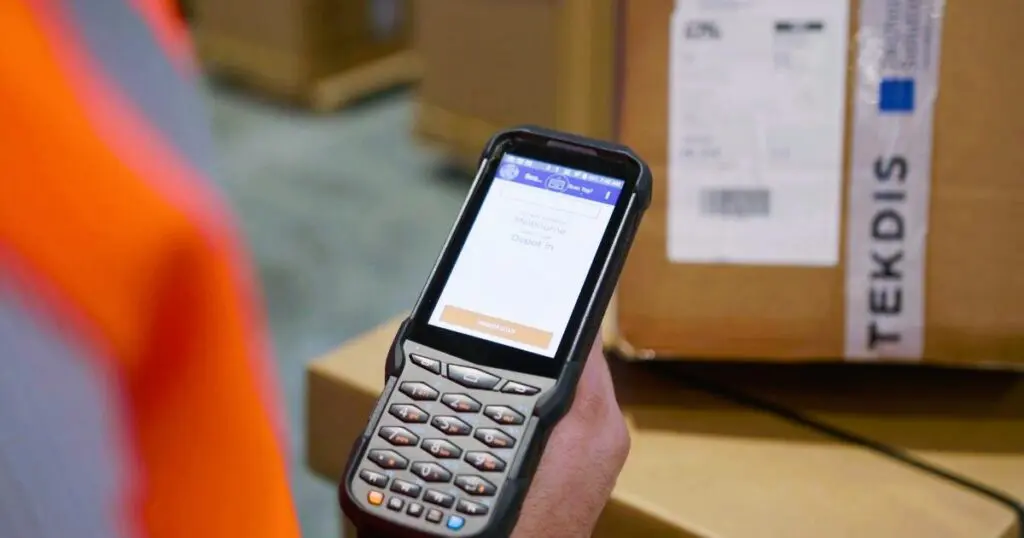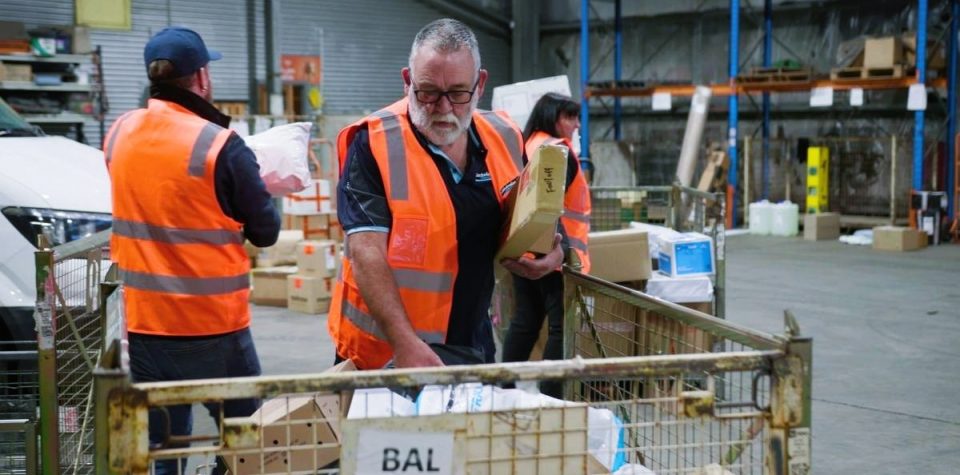Table of Contents:
- What Does Cash On Delivery Mean
- Cash In Advance Vs Cash On Delivery
- How Does Cash On Delivery Work
- How Safe Is COD
- Benefits Of Cash On Delivery
- Improves Cash Flow
- Wider Customer Base
- Payment Period Is Reduced
- Flexible Payment Options
- Allows Customer To Review Product Before Payment
- Payment Methods For COD
- Cash
- Card
- Check
- Mobile Transactions
- Conclusion
COD is short for cash on delivery, collect on delivery, or cash on demand because cash is not the only payment method. The term revolutionized online shopping by giving customers the comfort of paying after they receive the goods.
While there are some risks, cash on delivery has become crucial to running a delivery service.
The reason: the buyers are not comfortable paying in advance, or you deliver with goods subject to trial. For example, if you partner with an online garments seller, it would be a huge plus for the customers if you offered them to try the outfits and confirm their size before they make the payment.
If you are a business that deals with freight shipping and payments frequently, you are expected to know all about the cash-on-delivery service. This blog post defines the term, explains its advantages, and describes how a COD delivery works.
So keep reading!
What Does Cash On Delivery Mean?
The simplest definition of the term is:
COD (cash on delivery) means collecting payment for the goods after they have been delivered.
The customer may receive their parcel from the courier and pay immediately to their rider. Alternatively, many businesses offer a trial period too. You allow a duration for testing and trying the product, and if the customer decides to keep it, they can then make the payment.
Cash In Advance Vs. Cash On Delivery
There are a few preliminary differences between cash on delivery and cash in advance:
With a COD delivery, your cash flow may be interrupted by waiting for the payment after the customer has received the goods. With cash in advance, you receive the money upfront and invest in other aspects of your business immediately.
Cash in advance is the most popular payment method because of its advantages to sellers. The shopper confirms the purchase as soon as they click “confirm order”. It minimizes the financial risks by urging the customers to pay if they want to initiate the delivery process. The seller does not have to bear the shipment charges if a parcel is returned.
On the contrary, the cash-on-delivery service is more beneficial for the shoppers because it gives them the satisfaction of paying for their purchases after receiving them. They only confirm their purchase after receiving, inspecting, or sometimes trying them. It eliminates the risks of receiving damaged goods, incomplete deliveries, or not receiving their orders.
Want in-depth knowledge about online business payment methods? Here’s the ultimate guide to freight collection payment terms you need to know.
How Does Cash On Delivery Work?

A buyer places an order for the product through a portal (website, for example). They choose COD (cash on delivery) as the payment method and don’t pay for their purchase. Instead, the seller prepares an invoice for them stating the total charges, which include the price of the product they ordered and shipping costs.
They attach the invoice to the parcel and ship it to the customer’s address. They then pay for the package after you deliver it to them.
The amount goes to you, the logistic partner’s account, which you send to the business after deducting your handling charges.
How Safe Is COD?
COD delivery is usually safe if you put some countermeasures in place. These minimize the risks associated with returned parcels. There is also the risk of intermediary theft by drivers and manual errors in record keeping.
Here are a few methods businesses use to make COD service safe:
- Some companies urge their customers to pay a deposit or place their cards on file. It enables the seller to charge the shipping costs if the customer decides to return the parcel.
- Businesses can ask for upfront shipment charges and allow product payment upon delivery.
- Ensure that your logistics service operates with a solid system to avoid intentional theft and manual errors in recording.
Here is a blog post answering your charge-per-mile delivery questions, in case you have any.
Benefits Of Cash On Delivery
Here are the benefits of offering a cash-on-delivery service:
Improves Cash Flow
COD delivery improves cash flow for customers, sellers, and couriers. For customers, it allows them to order more items than they can afford to keep and choose the ones that suit them best. Sellers can send more products and improve their chances of selling more. And logistics get payment as soon as they complete their job.
Wider Customer Base
COD delivery caters to shoppers that do not have access to credit or online payments. It broadens your customer base, specifically when operating in developing countries.
Payment Period Is Reduced
Businesses don’t have to wait for cash as the payments are delivered promptly by their logistics company. It lessens the risk of waiting on late or non-payers.
Flexible Payment Options
Contrary to the name, cash on delivery supports cash, checks, cards, and mobile transactions.
Allows Customer To Review Product Before Payment
COD improves customer satisfaction as they feel safe while paying for the goods they have already received and seen. Enhancing buyer experience creates more chances for business.
Payment Methods For COD
Here are the payment methods you can use for a cash-on-delivery service:
Cash
The buyer pays you in cash. Businesses may feel a risk of theft with cash deliveries so it is recommended to do business with a trusted freight delivery company.
Card
The customer can pay the business directly through online card payment after they have received, tried, and decided to buy the product.
Check
You can accept checks instead of cash. However, there is a risk of checks bouncing.
Mobile Transactions
Several businesses have mobile payment methods in place. Your rider will have a mobile card reader and can collect payment through a card immediately.
Conclusion
Cash on delivery is an attractive service for customers. It improves their satisfaction rate and places their trust in the business because they can inspect the product before paying. Overall, COD delivery does carry a few risks for businesses but also boosts profits by supporting customers’ financial and emotional needs.
Running a transport service? Learn 8 strategies to increase profits in your delivery business by clicking here.



